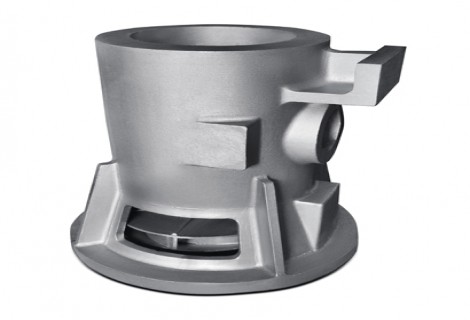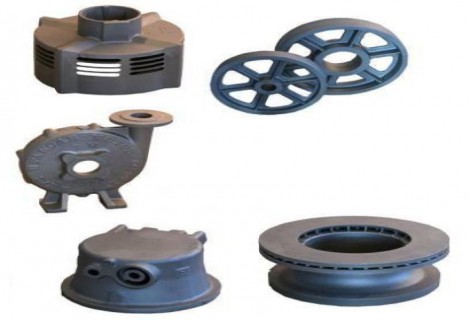Sand Casting
The process starts with a pattern, which is a replica of the finished part, except that it is slightly larger to allow for metal shrinkage during solidification and cooling. Then, a flask is placed around the pattern and sand is packed. Next, pressure is applied to the sand to compact firmly against the face of the pattern. When it is compacted, the sand mixture exhibits physical properties that allow it to hold the exact shape of the pattern after the pattern is drawn from the mold. The following step is placing the cores if any in the bottom half of the mold, the top section is set in place and the closed mold is then ready for pouring. When the material casting has solidified, the sand is removed and returned to storage for reconditioning for later use. An important and economical aspect of the sand casting process is that the sand can be reused many times with only small additions of new sand, clay and water.
MATERIALS AND PRODUCTS
Sand casting is able to make parts of almost any alloy, but it’s especially used to cast materials with high melting temperatures, including steel, nickel, and titanium. The most common materials made by this process are:
- Aluminum alloys
- Brass alloys
- Cast iron
- Cast steel
One of advantages of sand castings is that have a wide range of production dimensions, it can range in size from very small to extremely large. Some examples of items manufactured in modern industry by sand casting process are cylinder heads, valves, engine blocks, pump housings, machine tool bases, pulleys, engine manifolds, bearings, gears, bushings, brush holders, brackets, lever arms, electrical contact parts, hardware, machinery parts, nuts, landing gear parts, flanges, clamps, fittings, pumps, pipe plugs, structural parts, just to name a few.




